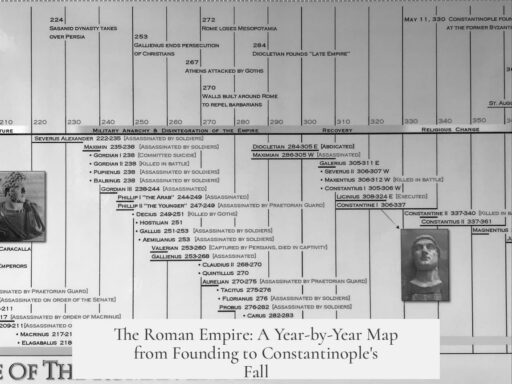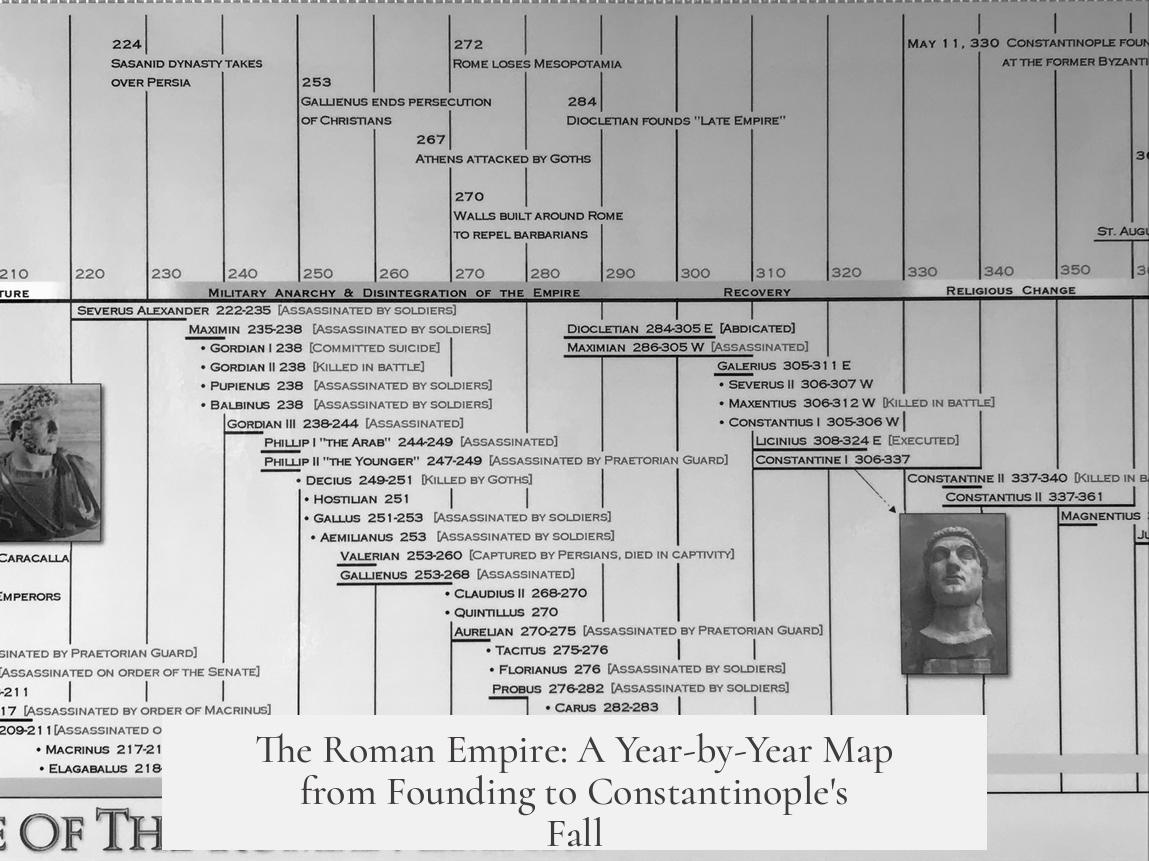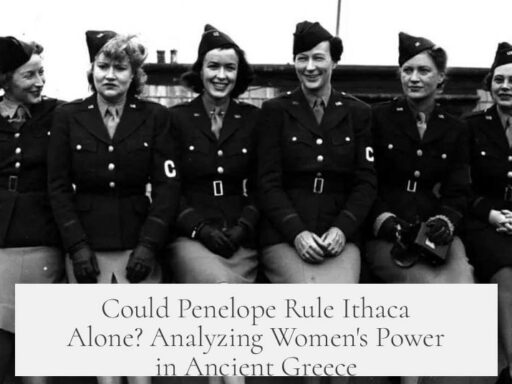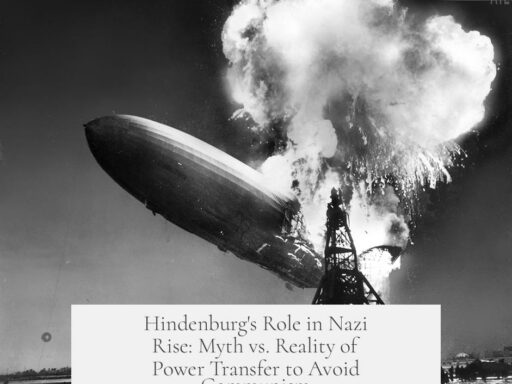The History of the Romans unfolds vividly through a year-by-year map from the founding of Rome to the fall of Constantinople, tracing the empire’s growth and decline across centuries. This visual journey starts in the mid-700s BC when Rome existed quietly for about 400 years before expanding significantly from the late 300s BC onward.
The mapped narrative highlights the Republic’s rise and later the Empire’s vast reach. It shows how Rome engaged in frequent wars, with control over regions shifting rapidly. Viewers gain a clear perspective of war’s impact on borders, illustrating Rome’s dynamic and often tumultuous history.
When the Western Roman Empire declined after AD 400, the narrative clarifies that this was not the empire’s full end. The Eastern Roman Empire, commonly known as the Byzantine Empire, carried Roman legacy forward. Despite the Islamic expansion from the 600s AD conquering Arabian and North African territories, the Byzantines retained large areas of Anatolia and Greece for centuries.
The map also hints at lost potential: Rome and Byzantium might have shaped global civilization more profoundly with different decisions. After Constantinople fell in 1453, some rump states like Morea and Theodoro held on for nearly a decade, suggesting the empire’s lingering echoes.
The video creator, EmperorTigerstar, brings remarkable clarity and fascination to Roman history using chronological maps. His work appeals especially to those who enjoy visualizing historical events geographically, making conflicts, expansions, and contractions easier to comprehend.
- Rome’s quiet existence before expansion spans about 400 years from 700s BC.
- Frequent wars caused rapid changes in land control throughout Roman history.
- The Byzantine Empire maintained significant territory despite Islamic conquests starting in the 600s AD.
- The fall of Constantinople in 1453 marked the empire’s end, though some successor states survived briefly.
- Visual maps enhance understanding of Rome’s extensive and complex legacy.
The History of the Romans: A Year-by-Year Visual Journey Through an Epic Empire
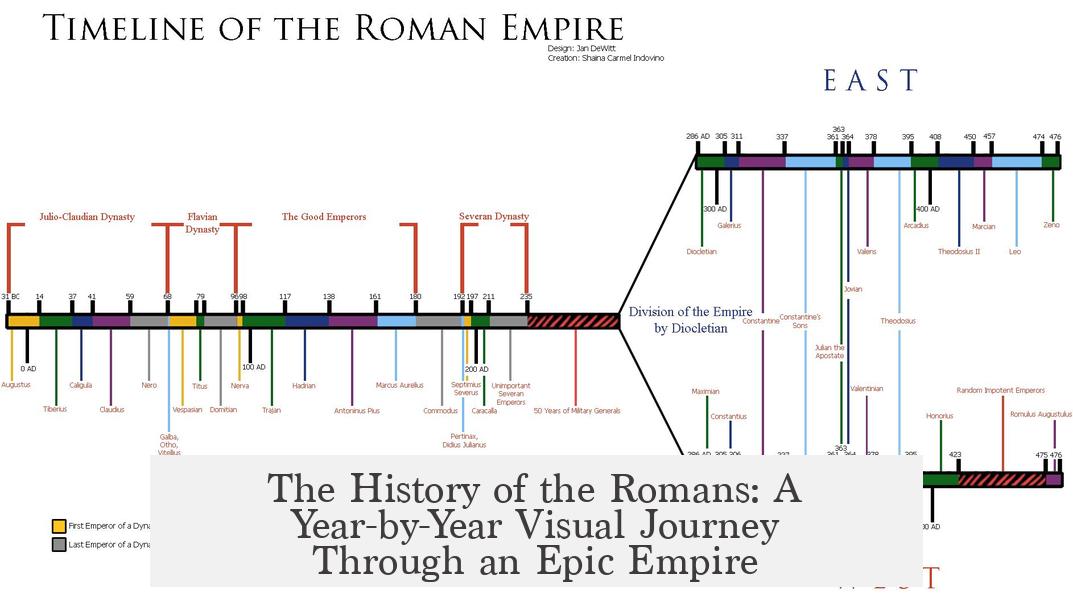
Ever wondered how the Roman Empire spread its wings and then slowly folded them over centuries? Imagine a map unfolding year by year, a visual rollercoaster from the founding of Rome all the way to the fall of Constantinople. That’s exactly what the intriguing video by EmperorTigerstar offers—a fascinating timeline that lets you witness Rome’s history step by step.
For those of us hooked on maps, especially ones that show the drama of empires expanding and collapsing, this video is a treat. It’s more than just lines on a screen; it’s like watching history breathe. With every frame, you grasp not only where events happened but how the world shaped itself around Rome’s fortunes and failures.
A Stroll Through Early Roman History
The Romans didn’t just spring up as world conquerors overnight. No, for about 400 years, starting in the mid-700s BC, Rome was basically minding its own business. Picture it as a small city-state quietly brewing something astonishing in the Italian peninsula. This period helps you appreciate the quiet before the storm.
Then, around the late 300s BC, the story speeds up. Rome embraces expansion—not just a little, but aggressively. This push sends ripples that grow into waves swallowing entire regions, marking the dawn of one of history’s most influential empires. Watching this on a map year by year makes the complexities of Roman conquests clearer than any textbook can.
Empires Rise, Battles Rage
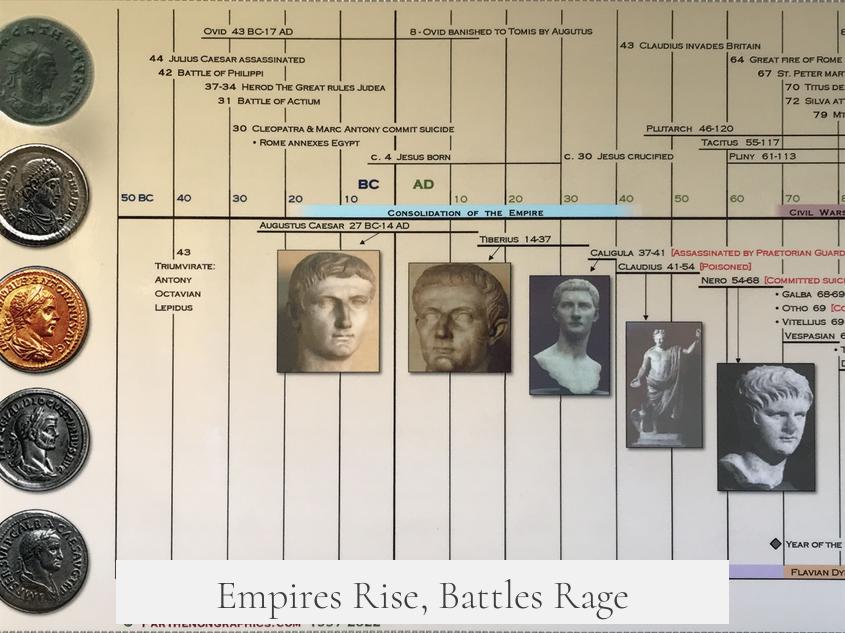
One almost gets dizzy watching the frequent wars during Rome’s grand centuries. Land ownership shifts constantly as armies march, clash, and redraw boundaries. It’s like a giant, intense game of Risk, except the stakes were empires and lives.
Each once-in-a-while border change is a story of strategy, ambition, defeat, or victory. The enthusiasm with which EmperorTigerstar illustrates these upheavals allows viewers to appreciate how fluid political geography was back then. How often did empires completely reorganize overnight? Far more than you might guess.
The Byzantine Chapter and Facing the Islamic Wave
Fast-forward to after the Western Roman Empire fades—if you accept the Byzantine Empire as Rome’s direct heir, the saga continues much longer. This Eastern Roman Empire endures relentlessly, maintaining control over vast areas for centuries.
The video gets particularly gripping when it reaches the 600s AD, coinciding with the rise of Islam. Naturally, you expect the Byzantines to vanish quickly under the advancing Caliphates. In parts, they do, losing Arabia and North Africa swiftly.
But here’s the surprise: the Byzantines don’t simply surrender ground wholesale. They maintain significant territories in Anatolia and Greece, clinging fiercely for centuries. If you thought empire collapse was a swift affair, this nuanced depiction shows it’s often a slow, stubborn fade. This holds a lot of lessons about resilience and the nature of political power.
The Sad Beauty of Lost Potential
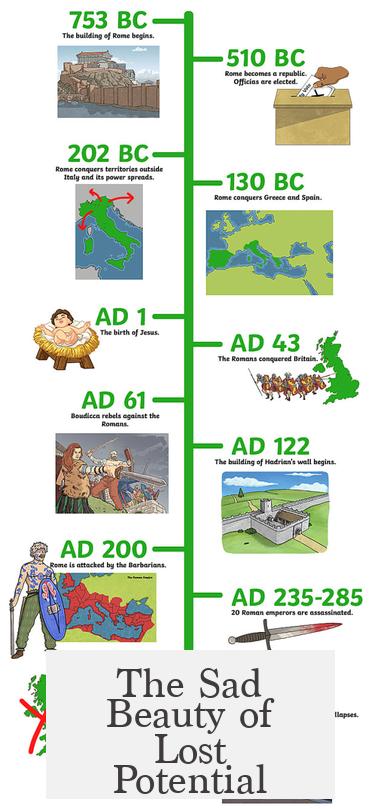
As the empire zigzags between glorious conquests and heartbreaking losses, you start to feel a bittersweet vibe. It’s clear Rome had the tools to “civilize” vast regions in a lasting way, had history taken a few different turns. You find yourself reflecting: what if some decisions had been wiser or luck had favored Rome just a little more? The whole world might look different today.
Should The Story Extend Beyond Constantinople?
Commonly, the fall of Constantinople in 1453 is marked as the final nail in Rome’s coffin. But the story doesn’t stop sharply there. Some rump states, like Morea and Theodoro, held on for almost a decade after the great city fell. Should their stories and shrinking realms be part of this narrative? Of course.
History is seldom neat. Including these survivors challenges the traditional cut-off, sparking debate on when Rome’s true “end” occurred. Such a perspective invites deeper engagement and shows how history’s end-points are often blurred.
Why This Visual Timeline Works Wonders for History Lovers
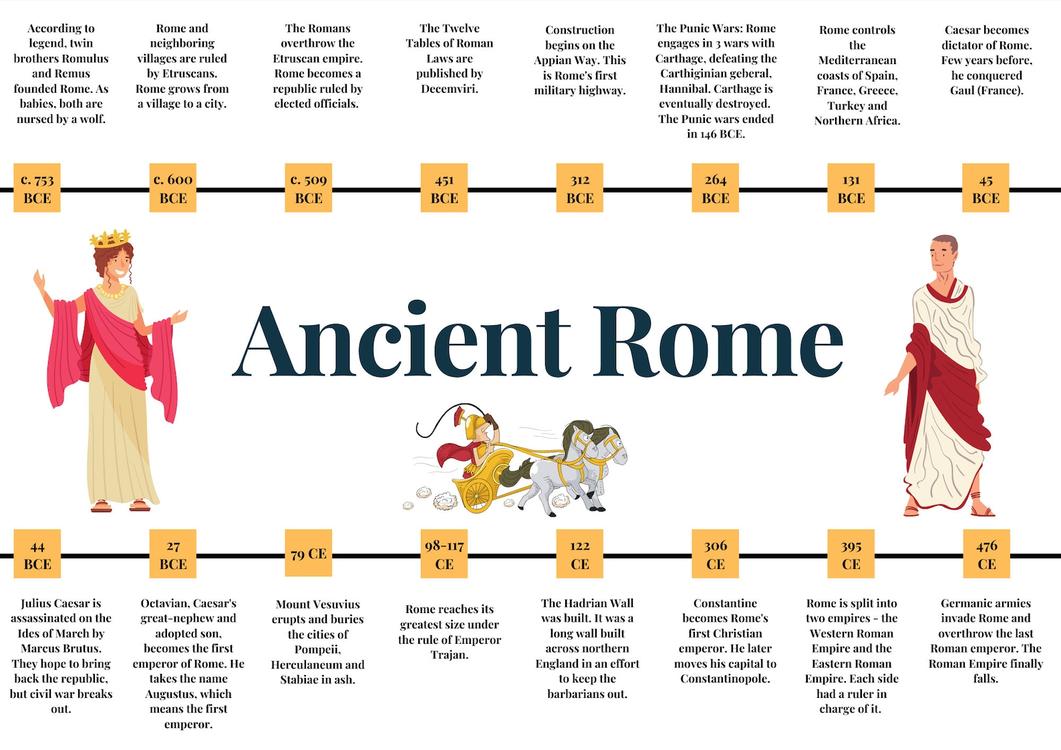
EmperorTigerstar, the video’s creator, shines by blending historical rigor with engaging visual storytelling. His knack for clear, well-paced timelines lets viewers absorb big-picture changes without losing track of locations or events.
For those who’ve struggled to connect facts and geography from dry pages, this style offers clarity and excitement. Watching Roman history unfold on a map gives real-life context—suddenly, you’re not just learning about battles; you see their impact on lands, people, and the empire’s rise and fall.
Final Thoughts: A Legacy of Lessons and Stories
The year-by-year map is more than entertainment. It’s a tool that helps us appreciate the complexity of an empire that shaped Western civilization. Throughout this visual journey, the patterns of human ambition, resilience, and loss emerge.
Do you want to understand history deeply or just admire a masterful animation of one of humanity’s greatest stories? This video answers both needs. It transforms centuries of conflict and growth into an accessible, digestible format you can watch unfold from Rome’s quiet beginnings to Constantinople’s dramatic fall.
So next time you ponder how vast empires rise and die, remember: sometimes seeing history on a map feels almost like time-traveling through the lessons of our past—complete with shifting borders, persistent hopes, and the echoes of ancient decisions shaping today’s world.
